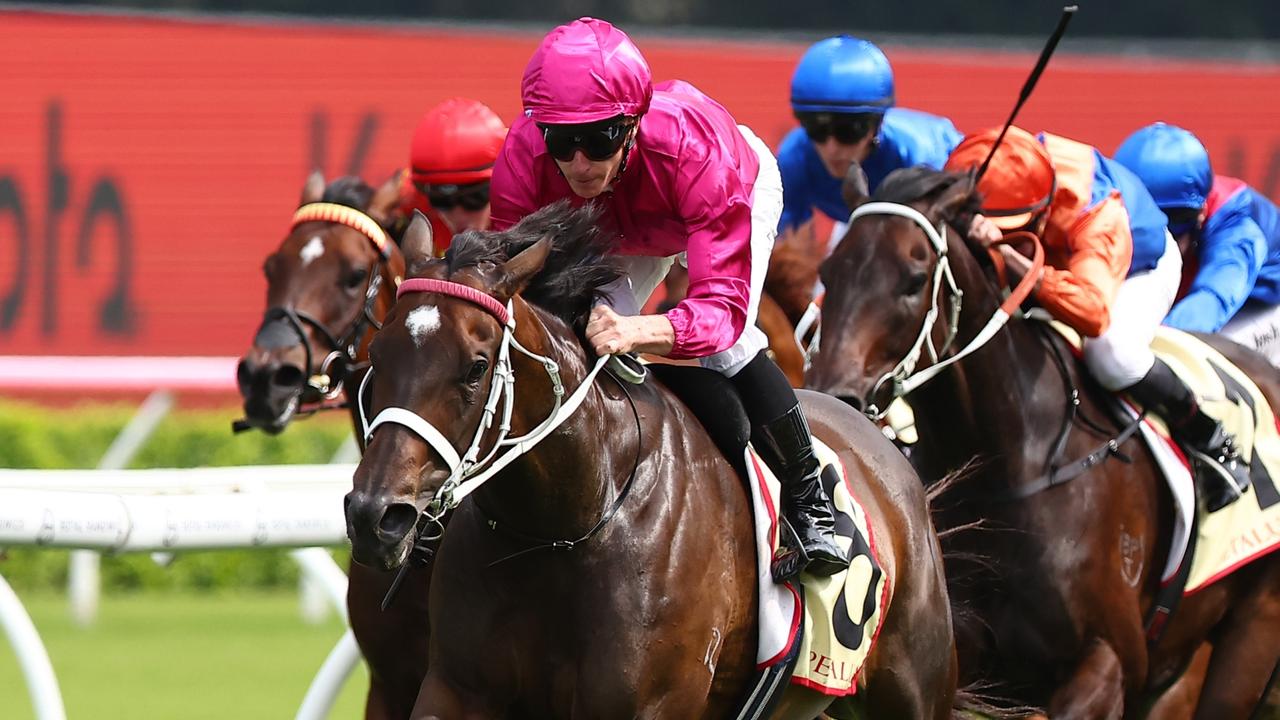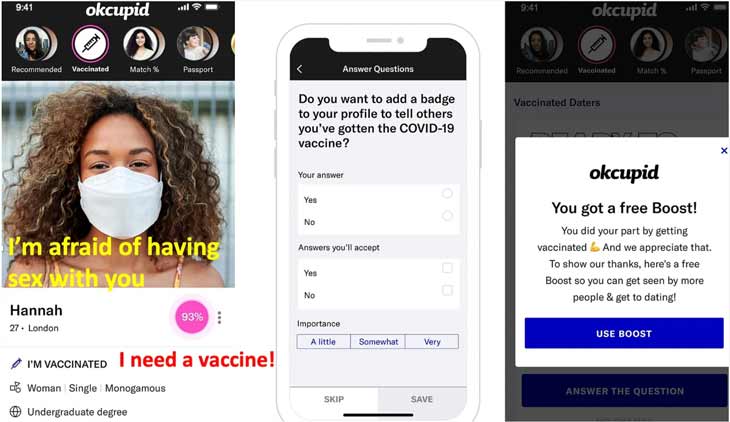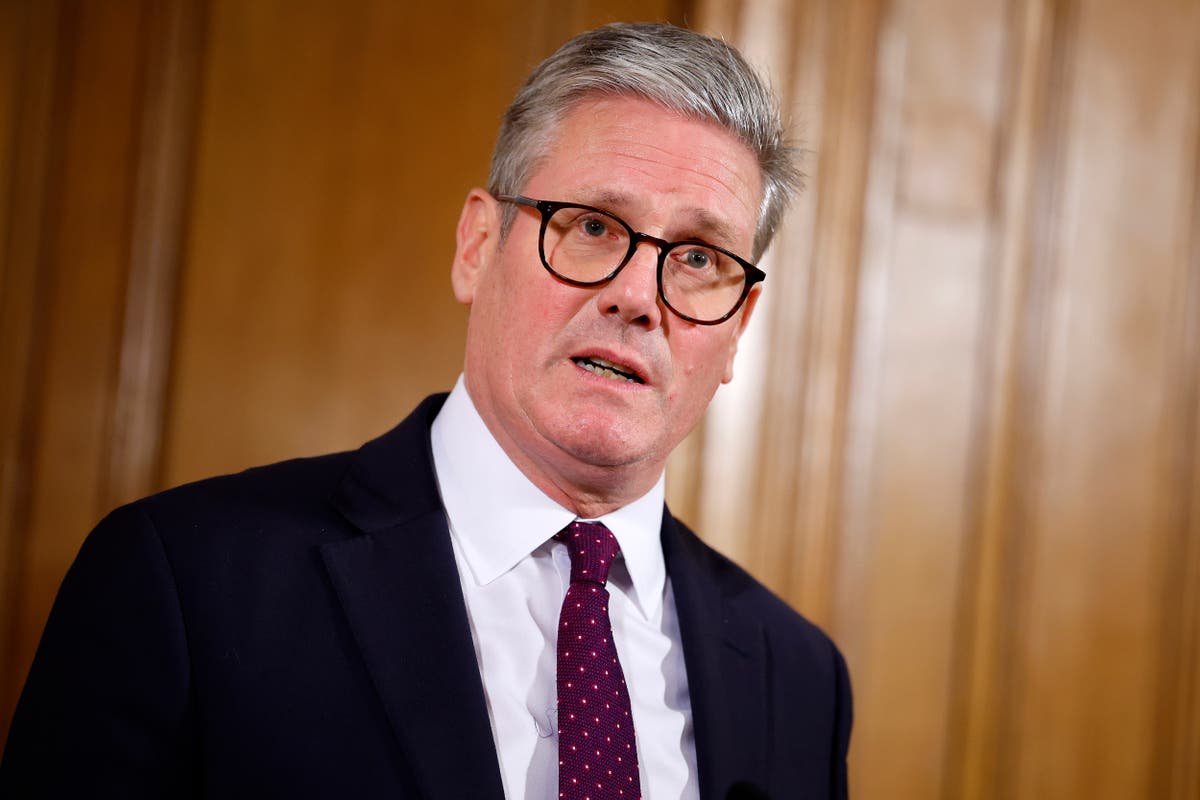[ad_1]
Guide to gorilla trekking in Uganda and Rwanda
Gorilla trekking is, without a doubt, Africa’s most iconic adventure after a safari to view the Big 5. Trekking to see mountain gorillas in the wild offers a unique experience while hiking through dense tropical rainforests in East Africa to get up close to the world’s most endangered apes.
The mountain gorilla population is starting to recover due to continued support from WWF and local governments, which provide financial assistance through the sales of gorilla trekking permits. These permits partly finance gorilla conservation efforts in Uganda, Rwanda, and Congo. Gorillas have been threatened with extinction due to human activities, poaching, diseases, and territorial fighting among fellow gorillas. However, with gorilla habituation efforts, where gorillas are prepared for tourism, many of these threats have been mitigated as gorillas are monitored 24 hours within their forests.
Today, gorilla numbers are consistently increasing in Congo, Rwanda, and Uganda, where gorilla tours are well managed to promote sustainability.
For many tourists, gorilla trekking is a must-do adventure. It requires knowing all you need to about gorilla tours in Africa, and below, we have prepared a guide to help you understand and plan correctly for your bucket list adventure.
What is gorilla trekking?
Gorilla trekking is a unique primate adventure that involves active participation by visitors in search of already habituated gorilla family groups. Unlike most African safaris, trekking with gorillas involves a foot walk through the dense tropical forest-dominated areas of Uganda, Rwanda, and the Democratic Republic of Congo where gorillas are found.
The trek is led by experienced park guides who are employed by the Uganda Wildlife Authority and Rwanda Development Board in their respective countries. Visitors can only trek with fully habituated gorilla families for one hour per day, or with semi-habituated gorilla groups under the instruction of researchers who have been habituating these particular groups with the aim of fully habituating the families. This process involves getting the gorillas used to human presence and typically takes a period of 2 years.
Observing mountain gorillas for 1 hour is done under the guidance of park guides who direct visitors on how to behave according to guidelines that apply across all gorilla safari parks. The ideal locations for gorilla tracking in Africa include Bwindi Impenetrable National Park and Mgahinga Gorilla National Park in Uganda, Volcanoes National Park for visitors on Rwanda safaris, and Virunga National Park in the Democratic Republic of Congo. Additionally, in the Democratic Republic of Congo, Kahuzi-Biega National Park offers memorable Eastern lowland gorilla trekking experiences.
How difficult is trekking gorillas?
Some level of fitness is required to help you trek comfortably through the rainforest and enjoy the hike without pressure. This primate adventure is conducted in montane forest areas, which are characterized by steep slopes. If you happen to visit during the wet season, some routes can be slippery and muddy. It’s important to practice long walks months before arriving for your lifetime adventure.
Gorilla parks have nearby groups that are easily accessible, prioritizing those who are not able to trek far, such as the disabled, seniors, individuals with health and medical issues, and those not strong enough to go far. During the briefing, the guides will explain how gorilla trekking happens and divide you into groups of 8 people. Ask about the nature of the hike you can manage and choose the group that best suits your ability.
Gorilla trekking minimum age
To participate in a guided gorilla trekking adventure, you must be 15 years of age or older. This is the minimum age requirement for visiting gorillas in Rwanda, Uganda, and the Democratic Republic of Congo. If your child is able to walk and hike through the forest, the Wildlife Authority may issue permits when the parent writes a letter confirming the child’s health, ability and strength to hike to and from the gorillas.
Best time to visit gorillas of Uganda & Rwanda
Gorilla trekking is considered to be an all-year-round experience, but it’s important to understand the most ideal times to visit for an up-close encounter with the great apes. The best time for tourists to embark on a Uganda gorilla tour to Bwindi National Park and Mgahinga to view mountain gorillas is from December to February, which marks one phase of the dry season and is also regarded as the peak season. Another phase of the dry season, or peak season, occurs from June to September.
It’s essential to take note of the wet or rainy season, also referred to as the low or off-season of the year. This is typically experienced from March to May and October to November, during which heavy rains occur. The disadvantage of this season is that some routes tend to become muddy and challenging to trek through the forest in search of a gorilla family.
In Rwanda, February to March is considered the best time to optimise your gorilla trekking adventure in Volcanoes National Park. These months fall within the dry season and come with favourable weather conditions for gorilla trekking. Similar to Uganda, Rwanda’s gorilla trekking periods can be divided into low and high seasons. The high season runs from mid-May to October and from December to mid-March. The low or wet season is experienced from mid-March to mid-May and from October to November.
It’s important to note that Rwanda enjoys tropical climatic conditions, making it an all-year-round destination. In the lowland areas of Rwanda, an average temperature of 30 degrees Celsius is experienced, while in the highland areas, it averages around 14 degrees Celsius.
How do I get a gorilla permit for Uganda or Rwanda?
A gorilla permit is a crucial document that every trekker must possess, and on the actual day of visiting the park, it is among the documents to be presented to the park authorities. It is a necessary document for gorilla trekkers, and its cost includes park entrance fees, community contributions, and guide fees. Approximately 75 percent of the fee collected from gorilla permits goes back to support various conservation initiatives.
In Uganda, the cost of a gorilla permit for a foreign non-resident is $700, while foreign residents and East African residents pay $600. Ugandans and East African citizens pay 250,000 Ugandan Shillings per person for the trekking permit, valid all year round. The tour operator on the ground is capable of securing the permit for you well in advance of your actual trek.
Rwanda gorilla permits are issued to trekkers at $1500 per visitor. These permits can be obtained through a reliable tour operator or directly via the Rwanda Development Board (RDB).
What are the best gorilla safaris lodges to stay in?
There are plenty of accommodation options available but here are the best options to consider while in Uganda or Rwanda.
In Uganda: Gorilla Safari Lodge (USD233 per person), Mahogany Springs (USD240 per person), Lake Mulehe Gorilla Lodge (USD173 per person), Sanctuary Gorilla Forest Lodge (USD760 per person), and Gorilla Height Lodge (USD600 per person).
Best lodges in Rwanda; Da Vinci Gorilla Lodge (USD140 per person), Rushel Kivu Lodge (USD70 per person), Nirvana Heights Resort and Spa (USD171 per person), Hakuna Matata Lodge (USD60 per person) and Amata n’Ubuki Boutique Hotel (USD73 per person).
What gear do I need for gorilla trekking 2024?
Gorilla trekking requires you to pack essential items for your gorilla adventure to proceed smoothly. Rain can occur at any time of the day, so you must be prepared for any eventuality. The essentials to consider for your gorilla trekking list include waterproof hiking boots (which should be lightweight), long socks to protect you from insect bites and thorns, gardening gloves for navigating the forest, a long-sleeved shirt, long pants, a rain jacket or poncho, bottled water, a pair of binoculars, insect repellent, a good camera without a flashlight, a sweater, energy-giving snacks, a basic first aid kit, and a daypack.
What is the cost of a gorilla tour?
The cost of a gorilla tour varies depending on the number of days you would like to spend on tour and the level of hotels you will sleep at, as discussed below.
A 3 day Uganda gorilla trek for 2 people costs approximately $1270 per person for a budget hotel, a deluxe hotel will cost $1300 and luxury accommodation will cost $1680 per person based on 2 people.
A 1-Day gorilla trek is the cheapest package costing $970 per person based on 2 people visiting together.
From Rwanda to Uganda, a 2 day gorilla tour will cost $1100 per person with 1 night overlooking the Bwindi Impenetrable Forest and return to Rwanda.
For group gorilla tours, the price of gorilla trekking goes down due to shared costs of other logistics like fuel, vehicle and your local guides.
What to expect when Gorilla trekking in Rwanda
Gorilla trekking in Volcanoes National Park begins with a briefing at the Kinigi head offices. Coffee is available, along with beautiful Rwandan cultural performances. Gorilla families are allocated to each group, consisting of 8 visitors, and at exactly 8:00 am, the actual gorilla trek commences.
Gorilla permits in Rwanda cost $1500, and Rwanda has 10 habituated gorilla families, with each family accommodating up to 8 tourists per day. Hence, there are 80 gorilla permits available daily. Gorilla trekking in Rwanda offers easy, moderate, and challenging hiking experiences, depending on the location of each gorilla family. Some families are located close to the starting point and require minimal walking. Visitors spend 1 hour with the gorillas as they go about their daily activities, seemingly indifferent to the presence of tourists.
What to Expect on a Gorilla Trek in Bwindi National Park, Uganda

Gorillas in Bwindi Impenetrable National Park
Bwindi Impenetrable National Park in Uganda is home to over 510 of the world’s 1063 mountain gorillas. The park boasts 20 habituated gorilla families, and treks originate from the four sectors of Bwindi forest, each with its own independent head office: Ruhija, Rushaga, Buhoma, and Nkuringo. Briefing typically starts as early as 7:00 am and includes procedures with park authorities, allocation of gorilla families, and assignment of park guides. The actual search for Bwindi gorillas commences at 8:00 am and usually lasts between 2 to 6 hours, including an hour of up-close observation of these majestic apes.
What to Expect on a Gorilla Trek in Mgahinga National Park:
Mgahinga National Park is part of the Virunga region, which spans across the boundaries of Rwanda to form Volcanoes National Park in Rwanda. Unlike its counterpart Bwindi, Mgahinga is home to only one habituated gorilla group—Nyakagezi. Consequently, only 8 visitors are allowed to trek this family on any given day. The trek starts from the Ntebeko area with a briefing on gorilla trekking regulations and the allocation of a park guide.
Is Gorilla Trekking Ethical?
Gorilla tourism is a well-managed conservation project that has contributed significantly to the rebound in gorilla numbers, which were once on the brink of extinction. Without sustainable tourism, mountain gorillas might not exist today. Therefore, gorilla trekking is considered ethical and a crucial initiative to save these endangered animals. Gorilla tourism has also played a vital role in transforming the lives of ex-poachers and impoverished local communities, who have now become staunch advocates for gorilla conservation.
How Many Habituated Gorilla Families Exist?
Each gorilla destination has fully habituated gorilla families available for trekking. In Uganda, there are over 20 families distributed across five sectors—Ntebeko in Mgahinga NP, Rushaga, Nkuringo, Ruhija, and Buhoma sectors of Bwindi. Some of the gorilla families in Bwindi include Kyaguriro, Habinyanja, Nkuringo, Kahungye, Busingye, Bweza, Nshongi, Bitukura, Mishaya, Mubare, Oruzogo, Katwe, Christmas, Mucunguzi, and Nyakagezi in Mgahinga NP. Rwanda has gorilla families such as Umubano, Hirwa, Amahoro, Sabyinyo, Susa, Titus, Group 13, Kwitonda, Pablo, among others.
Safety Tips for Gorilla Trekking:
Before the actual gorilla trek begins, a briefing on gorilla trekking regulations is conducted. These regulations include maintaining a distance of 8-10 meters from gorillas, avoiding direct eye contact, refraining from making loud noises, refraining from eating or smoking in the presence of gorillas, covering the mouth when coughing or sneezing, and ensuring that all human waste is buried at least 2 feet deep or as directed by the park guide.
Choosing Between Uganda and Rwanda for Gorilla Trekking:
Both Uganda and Rwanda offer unforgettable gorilla trekking experiences, making it challenging to choose between the two. Here are some key factors to consider:
Uganda’s gorilla permit costs $700, while Rwanda’s gorilla permit costs $1500. Despite the significant price difference, Uganda offers a 99% chance of seeing gorillas, similar to Rwanda’s Volcanoes National Park. The price variation is influenced by the marketing strategies of the respective governments.
Accessibility to the gorilla parks is another crucial factor. Entebbe, Uganda’s largest airport, provides access to Bwindi, with an 8-10 hour drive. In contrast, Kigali International Airport in Rwanda is only a 3-hour drive from Volcanoes National Park. With Bwindi Forest located close to the Rwanda border, driving from Kigali to Bwindi Forest is much more convenient, eliminating concerns about driving time when visiting gorillas in Uganda from Rwanda.

[ad_2]
Source link



















